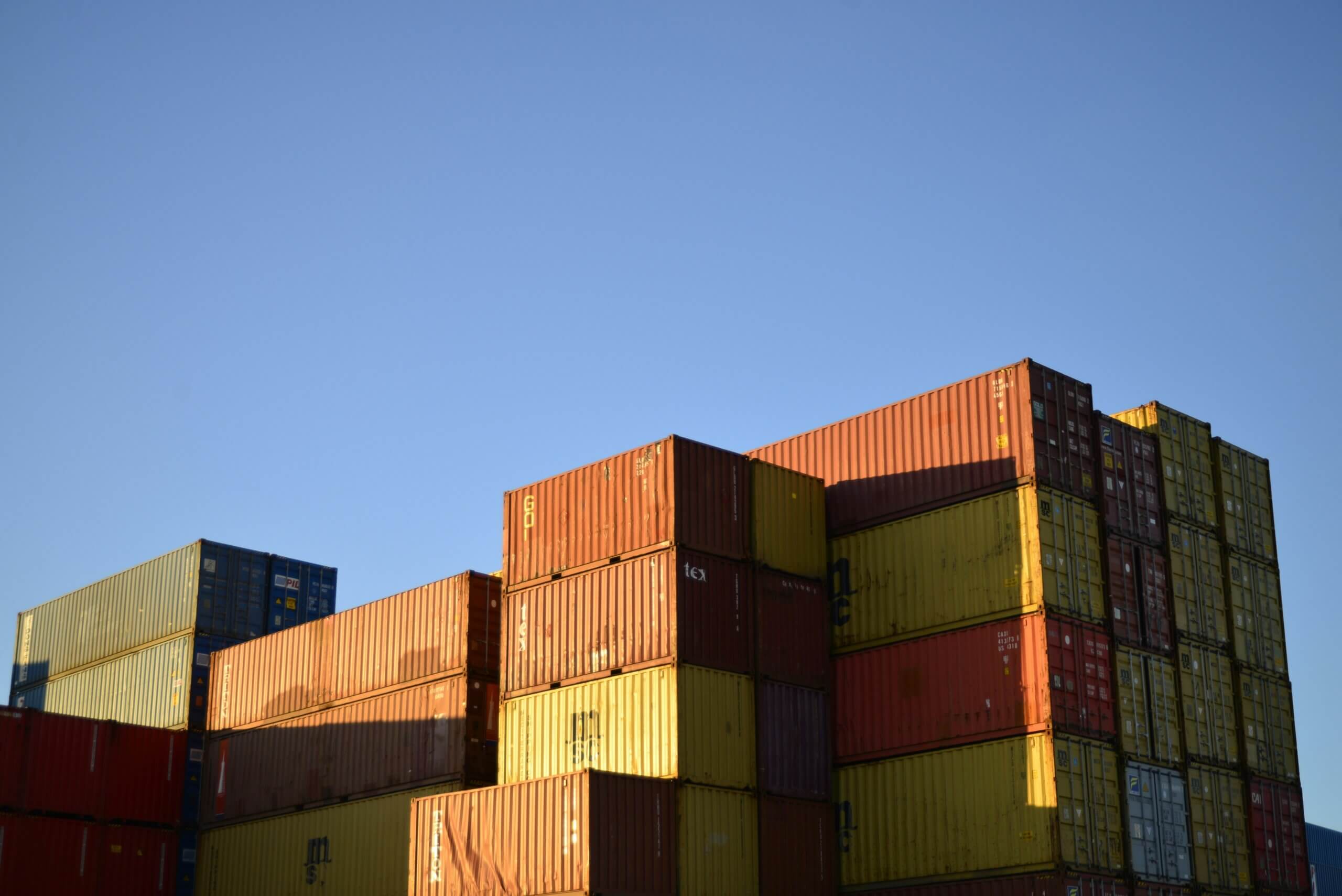In our recent report, we uncovered how the Delivery Economy is shaping up to be a big player impacting the customer experience, especially when it comes to visibility into the delivery process. In fact, a majority (70%) of consumers want the ability to track the progress of shipments. While most deliveries these days come with the ability to track the location of the shipment, most only offer an estimated day of arrival or “will arrive by 8 p.m.” notification.
But the expectations on the depth of visibility are rapidly changing, thanks in large part to on-demand delivery apps that give a minute-by-minute view into the progress of your order. The definition of “real-time” tracking is evolving for consumers and brands are taking notice.
But what should logistics managers look for when it comes to providing “real-time” tracking, and more importantly, how can they adapt to the changing expectations? Tracking goes beyond knowing the location of a shipment or SKU, but utilizing predictive analytics and data to the fullest to improve efficiency — and visibility — up and down the supply chain.
It is imperative for supply chain managers to have visibility into even the smallest delays to prevent a snowball effect throughout the rest of the supply chain and to provide the progress tracking that their customers want.
Global in Scope
Real-time tracking is about having an all-encompassing view of the process, from start to finish, no matter the location, time, or mode of transportation. This includes visibility into all modes a shipment might be delivered by (including rail, over the road, ocean, parcel and down to the last mile), across all time zones around the world.
With coverage across all modes and geographies, supply chain managers can track the shipment through its entire journey, achieving complete transportation visibility. Even if one piece of the puzzle is missing, supply chain managers have an incomplete picture, which can lead to delays and inconsistent delivery estimations.
With access to a large, global network of carriers, supply chains can gain real-time information about their shipments to easily provide customers the status updates they’re looking for without delay.
Knowing What Is Around the Corner
Knowing what is coming can be a big advantage when predicting delivery times. While the industry has gotten by with loose estimated times of arrival (ETA) time frames and ranges in the past, consumers and businesses alike are demanding more insight into the shipment location, creating a need for reliable and accurate predictive information. Consistently delivering accurate ETAs has a number of positive impacts including:
- Creating loyal customers who trust your analytics and predictions;
- Allowing supply chain managers to change plans before a delay occurs;
- Sending alerts for when a shipment arrives, reducing employee downtime and improving efficiency;
- Reducing fines, such as OTIF penalties;
- And allowing supply chains to better manage resources and appointments.
Predictive analytics need to leverage high-quality data to provide reliable information about what to anticipate up-and-down the supply chain. For example, traffic and weather conditions might be acceptable for predicting a shorter delivery trip, but in order to predict an accurate ETA for longer, cross-country trips, predictive analytics should use comprehensive historical data, coupled with machine learning, to make more accurate predictions.
In our recent research, 74% of consumers said that when a package isn’t delivered when expected, it hurts their impression of the company. With dependable ETAs, organizations can keep customers informed with accurate predictive arrival times, strengthening their ability to meet customer expectations and increase repeat business.
Reliable Systems and Easy Access to Data
Supply chain workers now have access to technology that can automate many processes throughout the system. When processes are automated, they are more reliable and less likely to disrupt activities further down the supply chain, providing greater reassurance that established tracking systems and predictions are reliable.
If supply chain managers are hesitant to incorporate new automation processes, p44’s API-first approach allows for seamless integration into existing systems. Supply chain managers don’t have to completely reinvent the wheel in order to take advantage of new technologies to automate their processes.
Moving away from manual, siloed processes and incorporating advanced tracking technologies that can predict delivery times based on historical driving times and weather, track shipments despite global location or mode of transportation, and to send alerts via email, text or push notifications can help supply managers truly achieve complete visibility of the supply chain. When complete visibility is achieved, supply chain managers can better meet — and exceed — the growing expectations around tracking of shipments.



